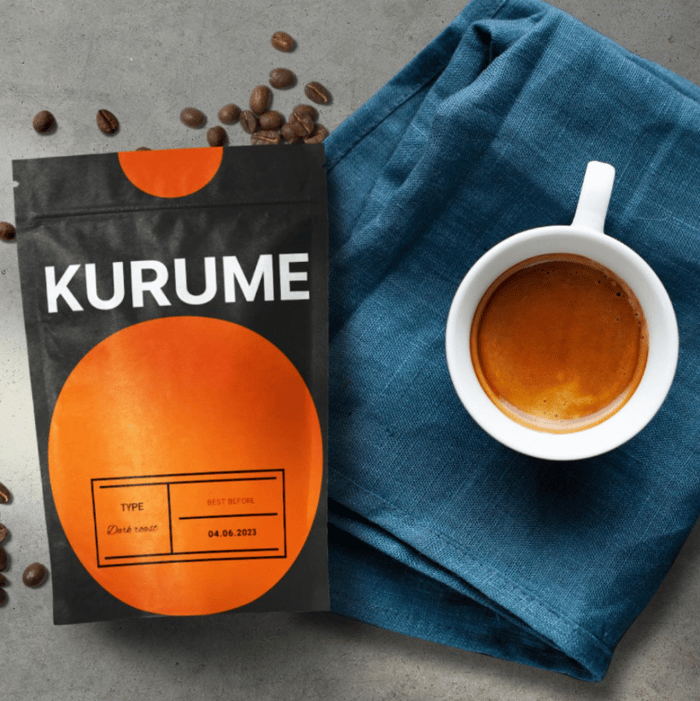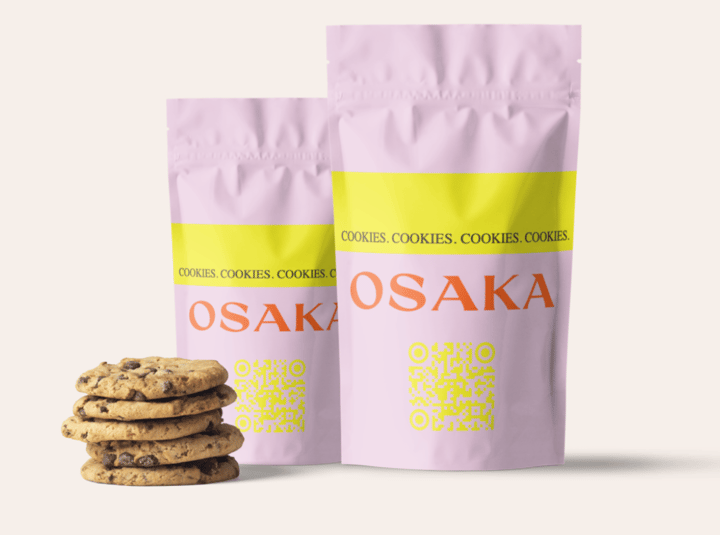
Tips and Tricks for Filling Stand Up Pouches
Custom stand up pouches are a popular option for packaging tea, coffee and more loose items. Here's a guide on how to fill and seal them.
By noissue — 29 June, 2022
If you're creating a product as a brand, you're always looking for new and innovative ways to market your product. You may have seen Stand-Up Pouches on the shelves of your local grocery store and wondered if they would be a good fit for your business. If you're selling a loose item like tea or coffee, the answer is probably!
Stand-up pouches are popular in the food industry and have other great applications, but they can be a pain to fill if you're not careful. Luckily, we've got some tricks and tips up our sleeve to help you out. So read on, and learn how to master stand-up pouch refilling.
What can stand-up pouches be used for?

Let's start by identifying stand-up pouches and what you can use them for. Stand-up pouches are FDA approved food-grade bags that you can use to package various items. They look similar to traditional zip-top bags, but have a bottom gusset that allows them to stand up on their own.
This makes them ideal for industries like:
Food packaging
The most obvious application for stand-up pouches is, of course, food packaging. Stand-up pouches are perfect for packing everything from snacks and candy to dried goods and spices. And because they are sealed shut tightly, you don't have to worry about your food being contaminated.
In fact, many companies are now using stand-up pouches instead of traditional packaging like boxes and cans. That's because stand-up pouches take up less space, making them more cost-effective to ship.
Coffee packaging
Coffee is a relatively fragile product. If exposed to direct sunlight or oxygen, it will start to degrade. The taste of your coffee will suffer and it will lose its antioxidants. That's why many coffee roasters package their coffee in stand-up pouches. By sealing the coffee in a pouch, you can be sure it will stay fresh for months.
Because stand-up pouches are lightweight and compact, they're also much easier to ship than traditional coffee packaging.
Loose leaf tea packaging
Another product that benefits from being packaged in a stand-up pouch is loose leaf tea. Like coffee, tea is a fragile product that can easily be damaged by oxygen and sunlight.Loose leaf tea also has the added challenge of being a loose product. That means it can be difficult to package without making a mess.
With a stand-up pouch, you can easily fill it with tea leaves and seal it shut.
Supplement packaging
A growing market in the health and wellness industry is supplements. Supplements need to be adequately packaged to stay fresh, whether they take pills, powders, or liquids. That's where stand-up pouches come in.
The resealable nature of stand-up pouches is also perfect for supplements. Customers can easily open and close the pouch as needed without worrying about the product going bad.
Beauty packaging
Consumables aren't the only products that can be packaged in stand-up pouches. Many beauty companies are now using them to package everything from makeup to skincare products. Their small size makes products like lip gloss and foundation easy to carry around.
You can fit multiple products in a single reusable pouch, so customers will never have to go without their favorite beauty essentials.
Cleaning product packaging
Finally, we have powder cleaners, which are also notoriously tricky to package. These can range from laundry detergent to shampoo and even pet food. Pouches provide a visually appealing way to show off these products and make them easy to use. Simply pour the powder into the bag, seal it shut, and voila! You have a mess-free way to sell your product.
Tricks and tips for filling stand-up pouches

Now that we've gone over some of the most popular applications for stand-up pouches let's talk about how to actually fill them. Depending on the product you're packaging, there are a few different tricks and tips you can use to make sure your pouch is filled correctly. Follow the steps below for an easy application.
- Open the bag and make sure the bottom gusset is unfolded
First, you'll want to flatten out the bottom of the pouch. This will give you a larger opening to work with and make it easier to fill the pouch. To do this, simply open the bag and ensure the bottom gusset is unfolded. If it's not, gently push it down until it is. The bag should be stable and able to stand on its own once the gusset is unfolded.
2. Use tongs or a jug to place or pour items into the bag
Next, you'll need to decide how to place or pour your product into the pouch. If you're packaging larger items, like coffee beans or tea leaves, you can simply place them in the bag with your hands. But if you're working with smaller items, like powder or liquid, it's best to use tongs or a jug.
This step will help you avoid messiness and ensure that your product is evenly distributed in the pouch.
3. Allow the bottom gusset to expand as you fill it with product
As you fill the pouch, you'll notice that the bottom gusset will start to expand. This is normal and expected! Just make sure to allow this expansion as you fill the pouch. Otherwise, your product might spill out of the top of the bag.
4. Do this until the bag is 3/4 full
You don't want to fill the pouch all the way to the top. Instead, stop when the bag is 3/4 full. This will leave enough room for you to seal the pouch shut without making a mess. It also allows your customers to easily open and close the bag without worrying about the contents spilling out.
5. Shut the bag, then heat seal it to make it airtight
Once the pouch is 3/4 full, you can shut it. Then, use a heat sealer to make the pouch airtight.
Get started with noissue's stand-up pouches today
That's it! You are now ready to package your food responsibly. If you're looking for a place to start, we recommend checking out our Compostable Stand-Up Pouches for food. They're made from FSC-certified materials and are 100% compostable or recyclable. Your customers will love them, and they'll help you reduce your overall environmental impact of your business.